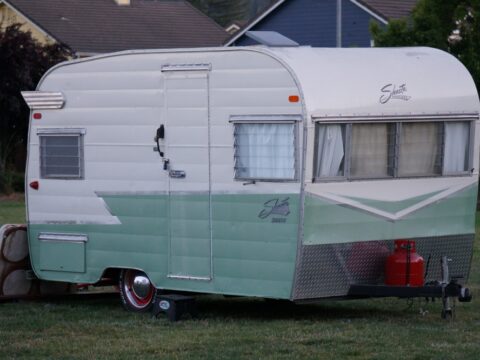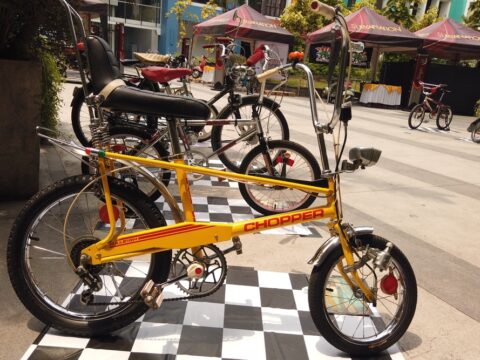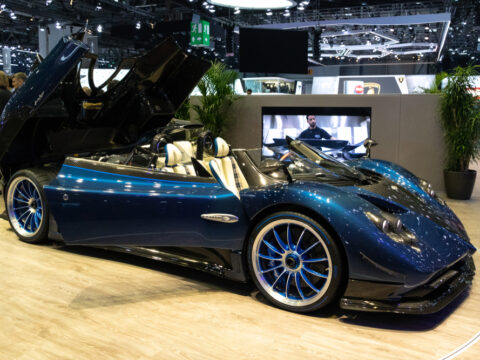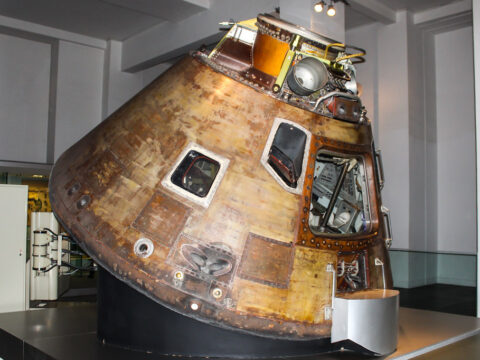When it comes to classic cars, there’s more to love than just their timeless designs. Some of these vehicles have earned legendary status for the power and longevity of their engines. Whether it’s muscle cars or luxury icons, the engines in these classics are known for their ability to keep running strong, year after year. Here are 20 classic cars that stand out for their enduring engines.
Contents
Ford Mustang (1965-1973)
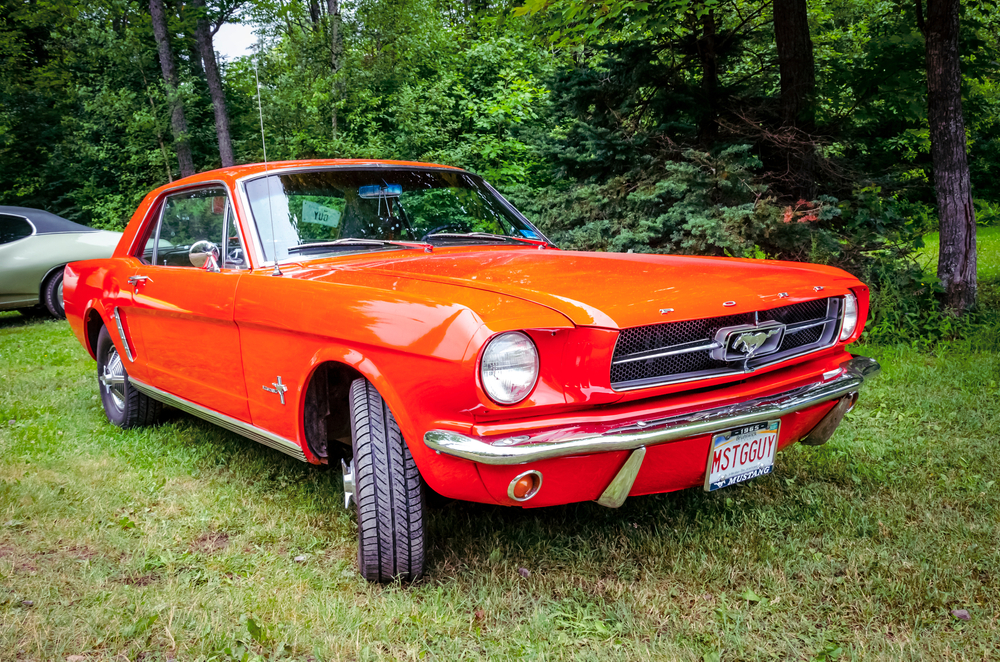
The first-generation Ford Mustang stood out not only for its style but also for its impressive engine lineup. Among its most notable was the 289 cubic-inch V8, known for delivering reliable performance while being easy to maintain. Muscle car enthusiasts favored this engine for its balance between power and dependability.
Chevrolet Corvette (C3, 1968-1982)
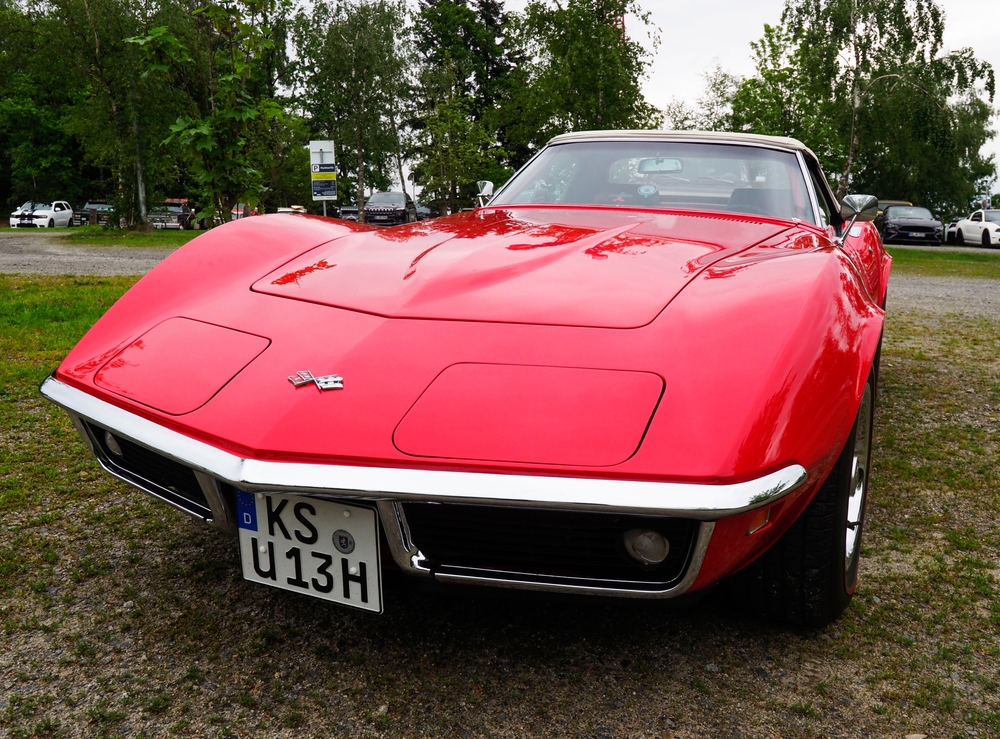
The third-generation Corvette earned its place in automotive history with its robust small-block V8 engine, particularly the 350 cubic-inch variant. Known for its toughness, this engine could easily handle the demands of high-performance driving without compromising longevity. Its cast-iron block construction gave it durability, and it was not uncommon for these engines to exceed 200,000 miles with proper care.
Porsche 911 (1964-present)
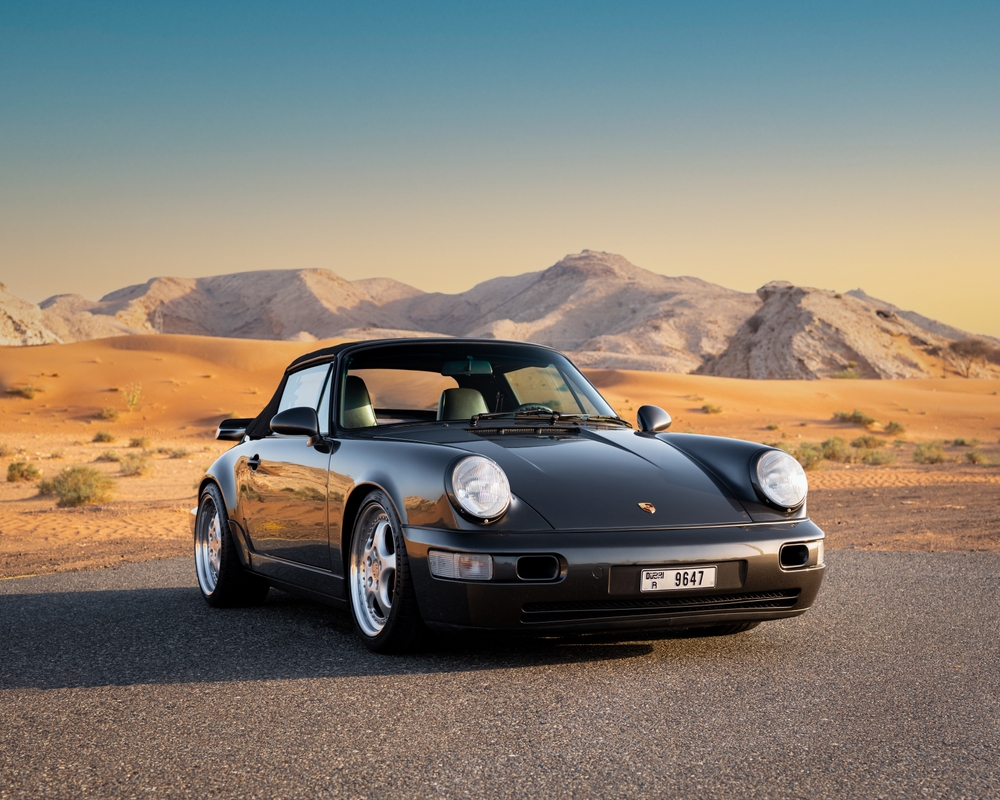
Porsche’s iconic 911 is famed for its rear-mounted, air-cooled flat-six engine, a marvel of engineering that has stood the test of time. Early models, particularly the 2.0L and 2.4L versions, showcased this engine’s durability, often running for hundreds of thousands of miles with minimal issues. Its air-cooled design simplified the mechanical setup, making it more reliable than many competitors. Today, the 911’s engine legacy continues as a benchmark for longevity in sports cars.
Mercedes-Benz W123 (1976-1985)
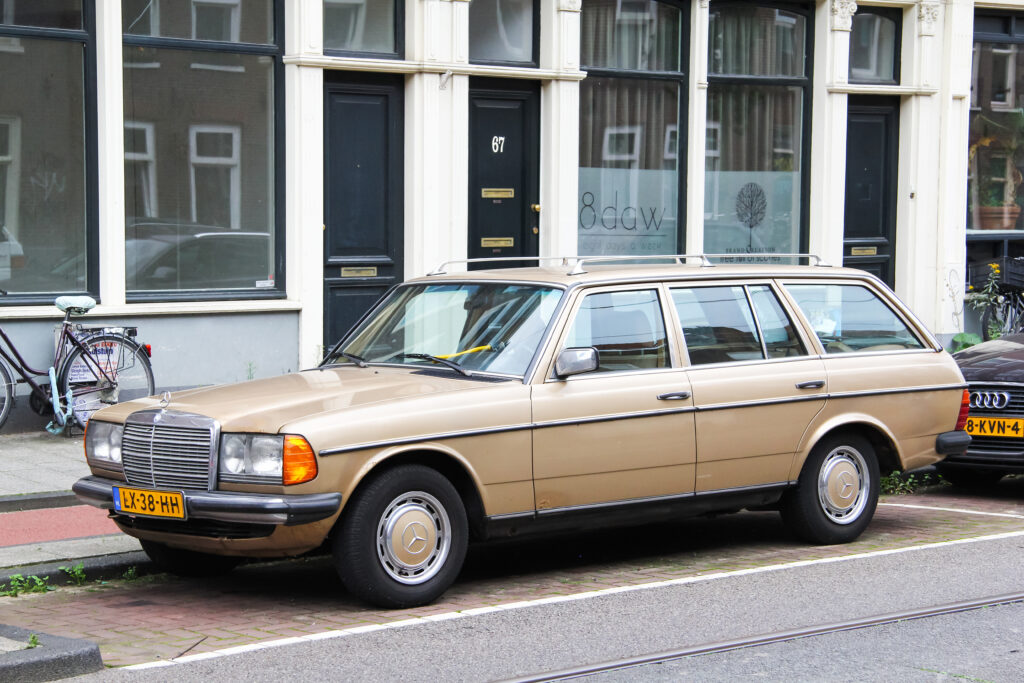
Widely regarded as one of the most reliable vehicles ever built, the Mercedes-Benz W123 featured the robust 3.0L inline-five diesel engine. This powerplant became known for its remarkable ability to reach over 500,000 miles without requiring major repairs. In regions where durability is critical, such as Africa and the Middle East, these engines became the preferred choice for their longevity and simplicity.
Toyota Land Cruiser (J40, 1960-1984)
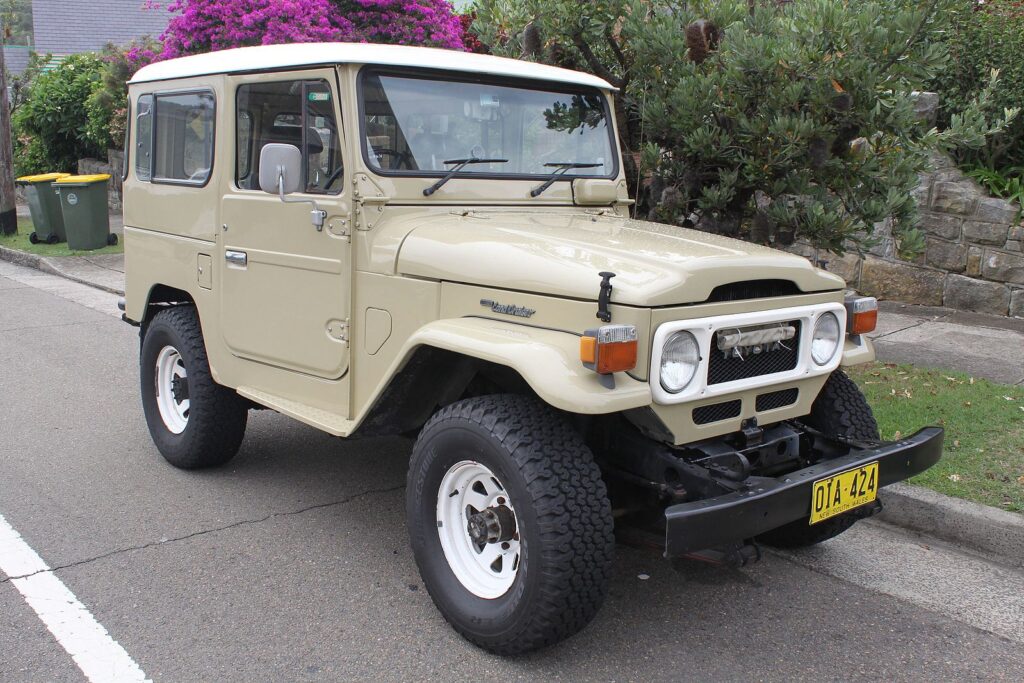
Toyota’s J40 series Land Cruiser gained its indomitable reputation through its F-series inline-six engine, engineered for both performance and ruggedness. This engine, often chosen for off-road adventures, could withstand extreme weather conditions and rough terrains. Its simple, solid construction allowed for easy repairs, even in remote areas, further contributing to its lasting legacy. Decades after its production ended, these engines still power J40 Land Cruisers across the globe.
Volkswagen Beetle (1938-2003)

The air-cooled flat-four engine in the Volkswagen Beetle is one of the most iconic and enduring engines in automotive history. Designed to be simple and easy to repair, this engine required minimal maintenance and could continue running even under adverse conditions. Its longevity is well documented, with many Beetles easily surpassing 300,000 miles on the original engine. The Beetle’s engine helped make it a beloved car around the world for over 60 years.
Jeep CJ-5 (1954-1983)
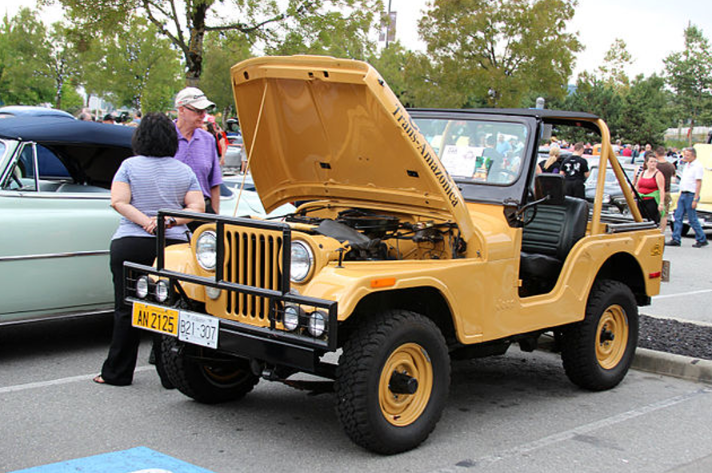
The Jeep CJ-5’s 4.2L inline-six engine, also known as the AMC 258, became legendary for its toughness and ability to endure heavy-duty use. This engine was favored by off-road enthusiasts for its low-end torque and its capacity to handle rugged terrains for years without fail. Its straightforward design made it relatively easy to maintain, ensuring a long service life. Many CJ-5s are still on the road today, powered by this enduring engine.
Volvo P1800 (1961-1973)
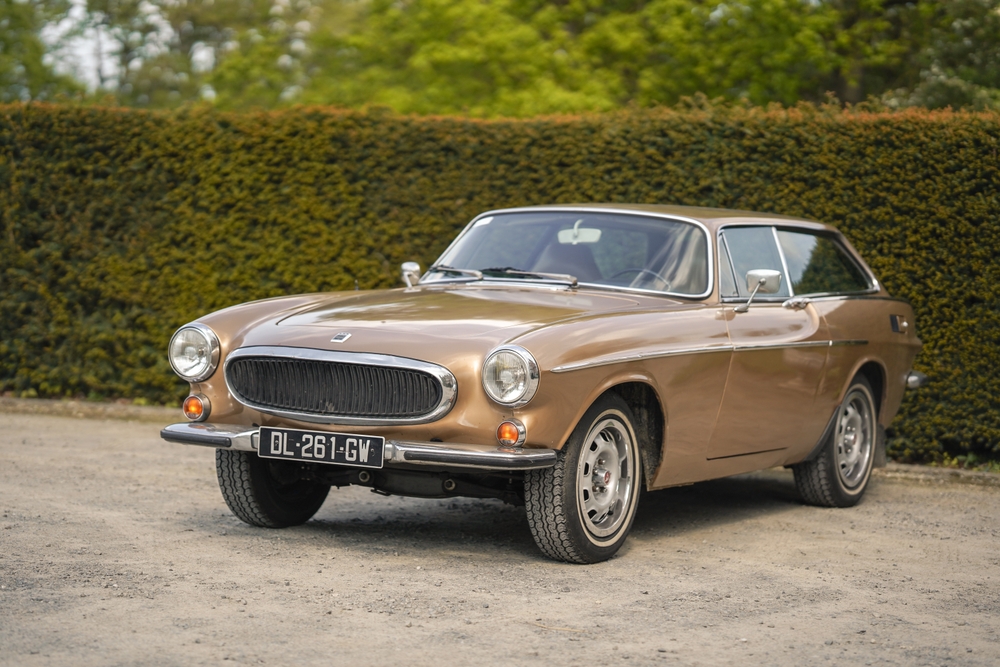
The Volvo P1800’s B18 and B20 engines were renowned for their ability to cover hundreds of thousands of miles with minimal mechanical issues. These inline-four engines became famous when a P1800 set a world record for the highest mileage, reaching over 3 million miles on the original engine. The simplicity of its design, coupled with Volvo’s engineering standards, made it a durable classic. This feat cemented the P1800’s place in automotive history as a car built to last.
BMW 2002 (1968-1976)
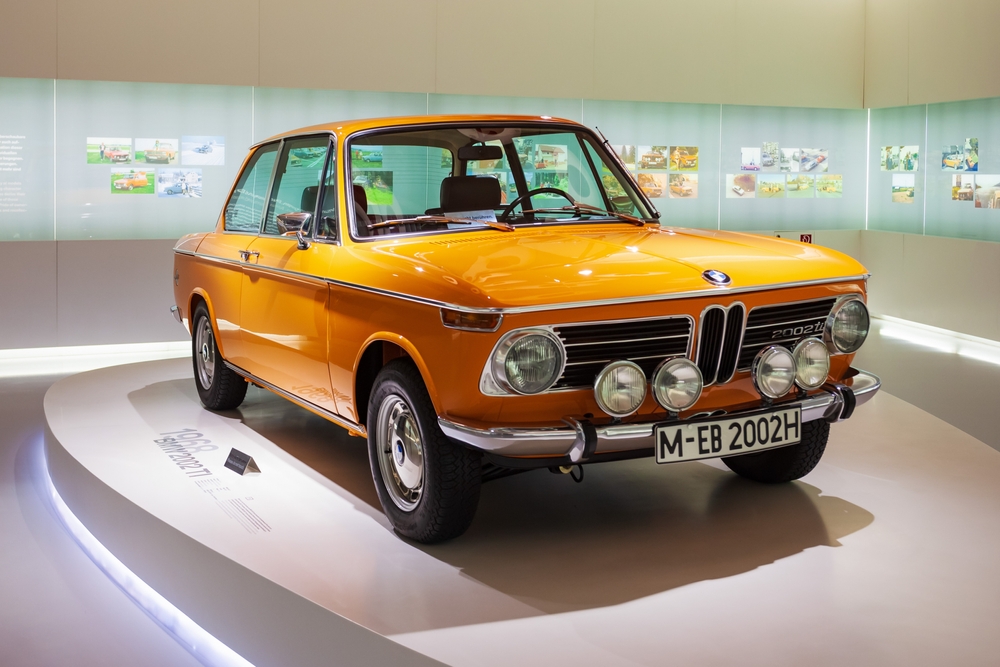
BMW’s 2002 model helped establish the brand’s reputation for building durable and fun-to-drive cars, thanks largely to its M10 inline-four engine. Known for its durability and performance, the M10 could handle high-rev driving while lasting for hundreds of thousands of miles. Its iron block and aluminum head provided a strong foundation for longevity.
Datsun 240Z (1969-1973)
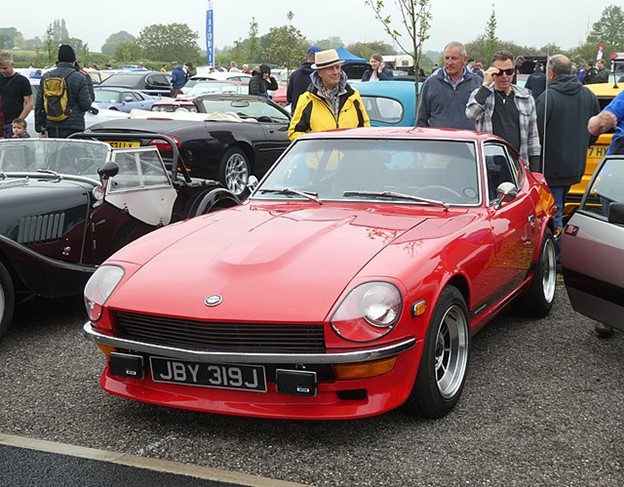
The Datsun 240Z made a name for itself with its L24 inline-six engine, offering both reliability and performance. This engine was praised for its simplicity and robustness, delivering smooth power while being relatively easy to maintain. With proper care, the L24 engine could easily outlast many of its contemporaries, making the 240Z a popular choice among classic car enthusiasts.
Chevrolet Camaro (1967-1969)

The first-generation Chevrolet Camaro offered a range of engine choices, but the 350 cubic-inch V8 became particularly known for its resilience. Designed for power and reliability, this engine could take considerable punishment without losing performance. Its straightforward mechanics made it easy to maintain and modify, contributing to its long-lasting appeal among muscle car fans.
Jaguar E-Type (1961-1975)
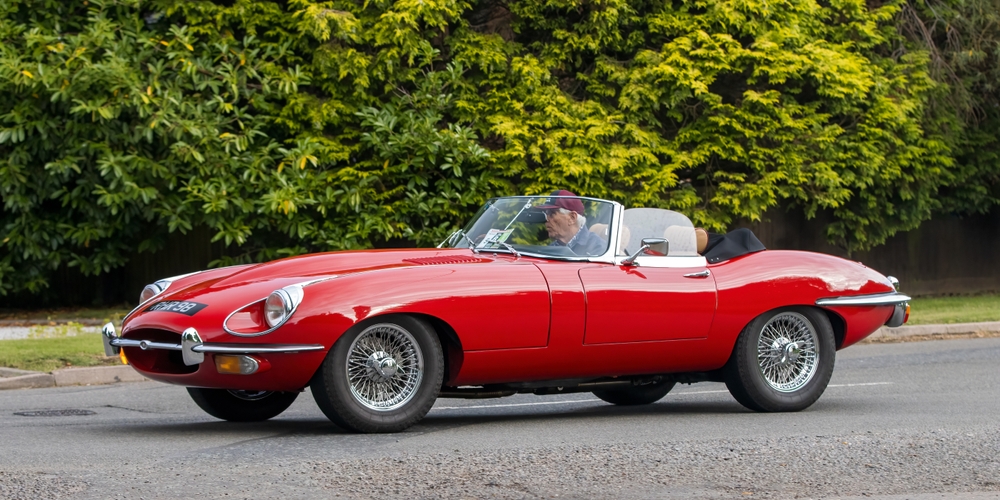
The Jaguar E-Type’s 4.2L inline-six engine is often celebrated for its smooth power delivery and long-lasting performance. Matched perfectly to the E-Type’s elegant design, this engine provided a seamless blend of speed and reliability. It became a favorite among sports car enthusiasts for its ability to perform well in both city and highway driving. Decades later, many E-Types are still powered by their original engines, a testament to the quality of Jaguar’s engineering.
Toyota Corolla (E20, 1970-1974)
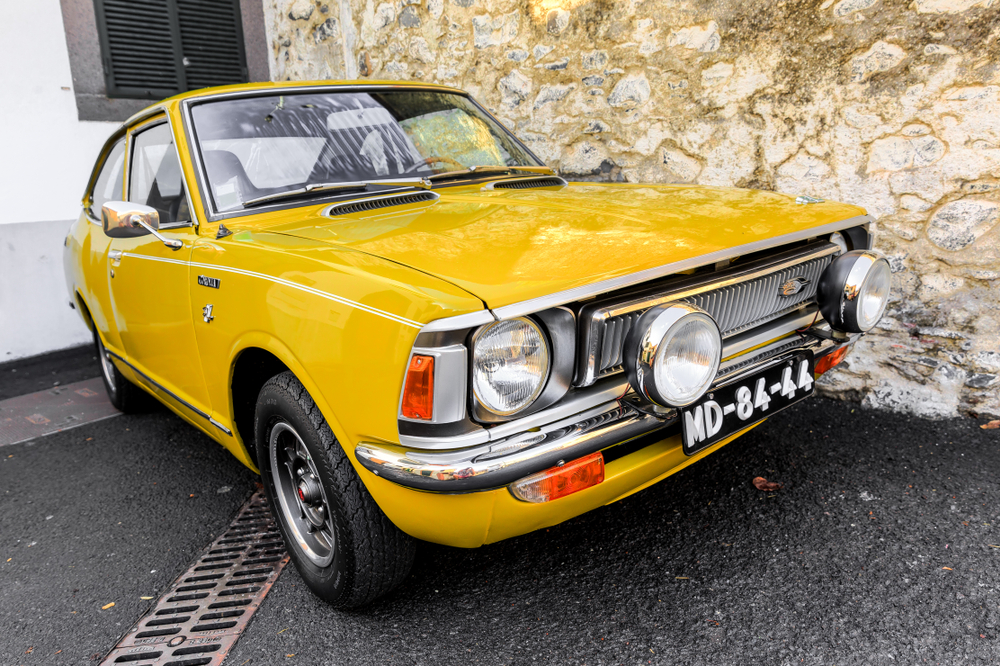
The second-generation Toyota Corolla introduced the world to the K-series engines, which quickly gained a reputation for their reliability. Available in 1.2L and 1.6L variants, these engines were designed to be economical yet durable, making them ideal for daily driving. Their simple construction meant they required minimal maintenance, often running for hundreds of thousands of miles without major issues.
Honda Civic (1972-present)
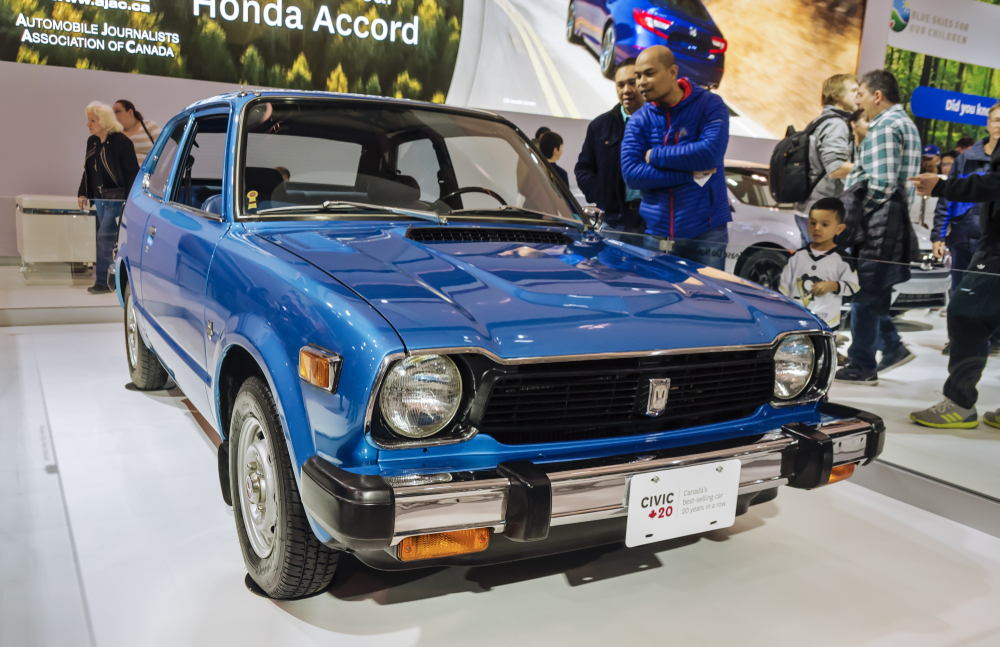
The Honda Civic’s first-generation CVCC engine revolutionized fuel efficiency and emissions without compromising durability. This engine was incredibly reliable, often running for over 200,000 miles with basic maintenance. Its simple but effective design made it one of the most dependable engines of its time. The Civic’s legacy of endurance started with this engine and continues to influence Honda’s commitment to reliability.
Alfa Romeo Spider (1966-1993)
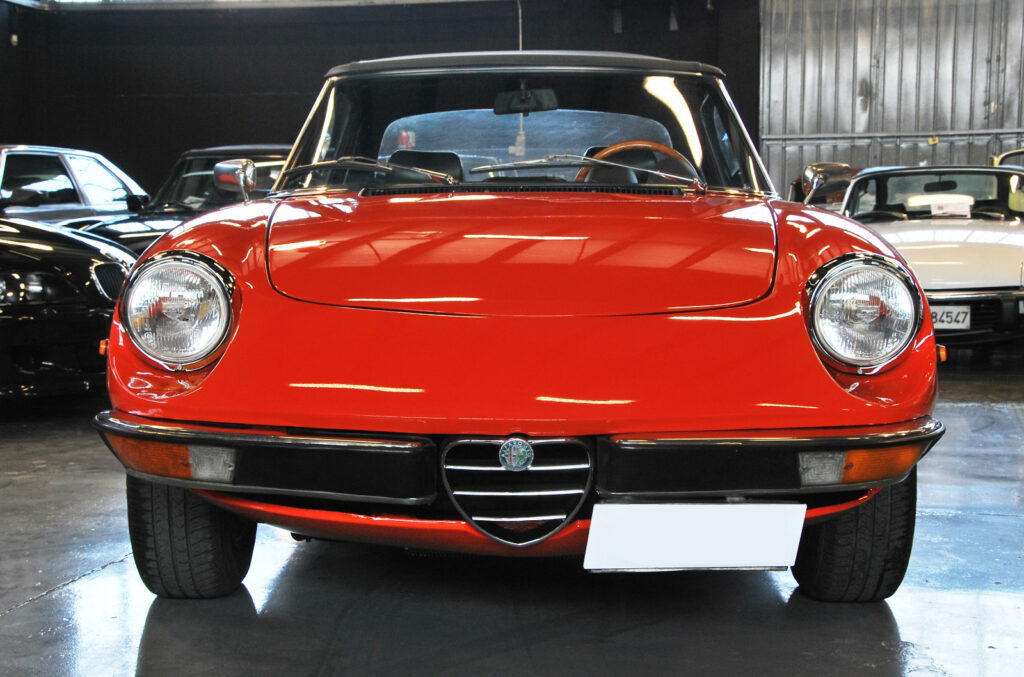
The Alfa Romeo Spider’s twin-cam inline-four engine is famous for combining sporty performance with long-lasting reliability. Available in various sizes from 1.3L to 2.0L, this engine proved that Italian cars could be both beautiful and durable. When maintained properly, these engines could easily exceed 200,000 miles, a rare achievement for many sports cars of its era. Alfa Romeo’s engineering brilliance shined through in the Spider’s long-lasting engine.
Land Rover Series I-III (1948-1985)

Land Rover’s Series I-III models were equipped with engines designed to withstand harsh conditions, particularly the 2.25L petrol and diesel versions. These engines earned a reputation for being nearly indestructible, especially when used in off-road settings. They were built to endure years of abuse in remote regions, with many still running in rugged environments today. The longevity of these engines helped build Land Rover’s reputation for toughness.
Saab 900 Turbo (1978-1993)
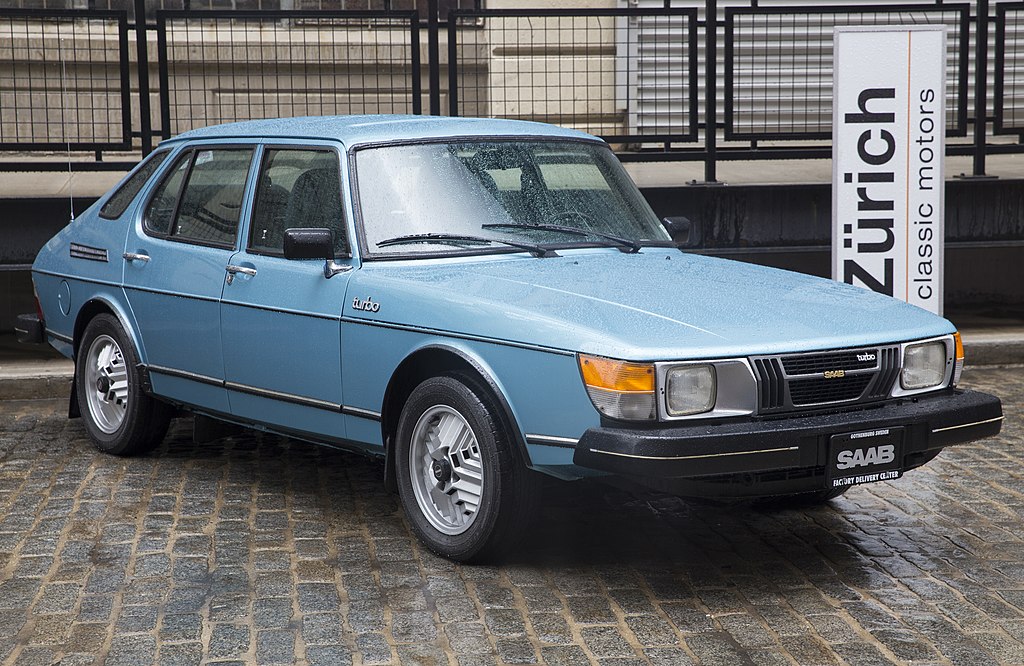
The Saab 900 Turbo introduced a turbocharged inline-four engine that balanced power and endurance. Known for its advanced turbocharging technology, this engine provided excellent performance without sacrificing reliability. Saab engineered the engine to withstand high levels of stress, and many examples continue to run smoothly after more than 200,000 miles. The 900 Turbo’s combination of durability and innovation made it a standout among classic turbocharged cars.
Mazda RX-7 (1978-2002)
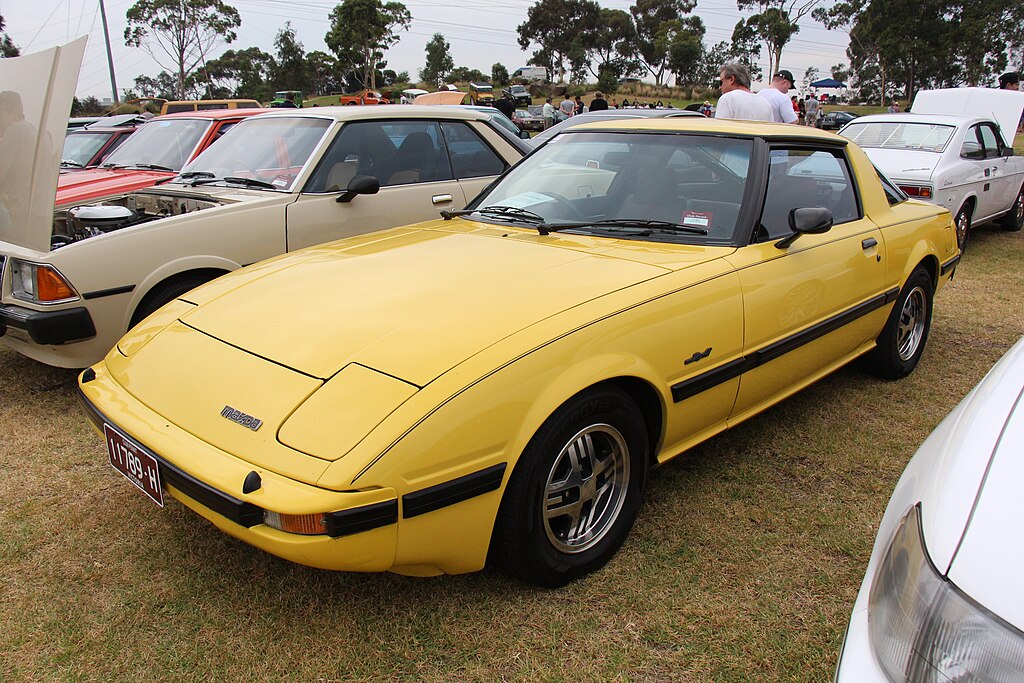
The Mazda RX-7 became famous for its rotary engine, a unique powerplant that offered high-revving performance while maintaining durability. The Wankel rotary engine’s compact design allowed the RX-7 to achieve impressive speed and agility without over-complicating the mechanics. Although rotary engines required more attention than standard piston engines, many RX-7s still run with their original powertrains today. This enduring engine helped the RX-7 carve out a special place in automotive history.
Nissan Skyline GT-R (1969-1973)
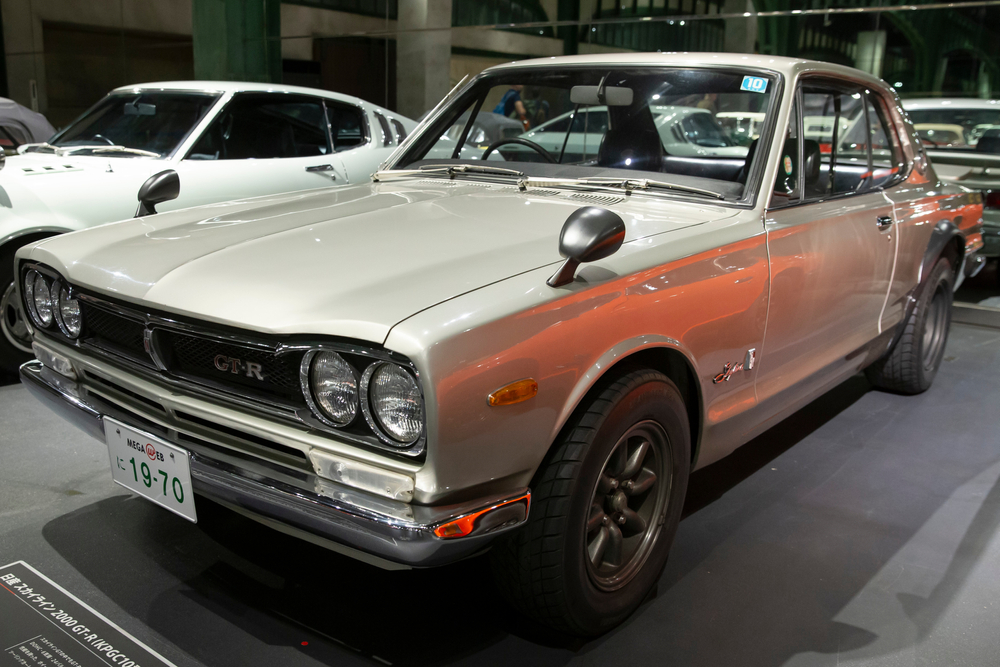
The early Nissan Skyline GT-R was powered by the highly advanced S20 engine, a 2.0L inline-six that combined performance and reliability. Featuring dual overhead cams and a lightweight design, the S20 was both high-revving and long-lasting. It powered the Skyline GT-R to success in motorsports while also providing dependable daily performance. This engine helped solidify the GT-R’s status as a legend in both racing and automotive engineering.
Rolls-Royce Silver Shadow (1965-1980)
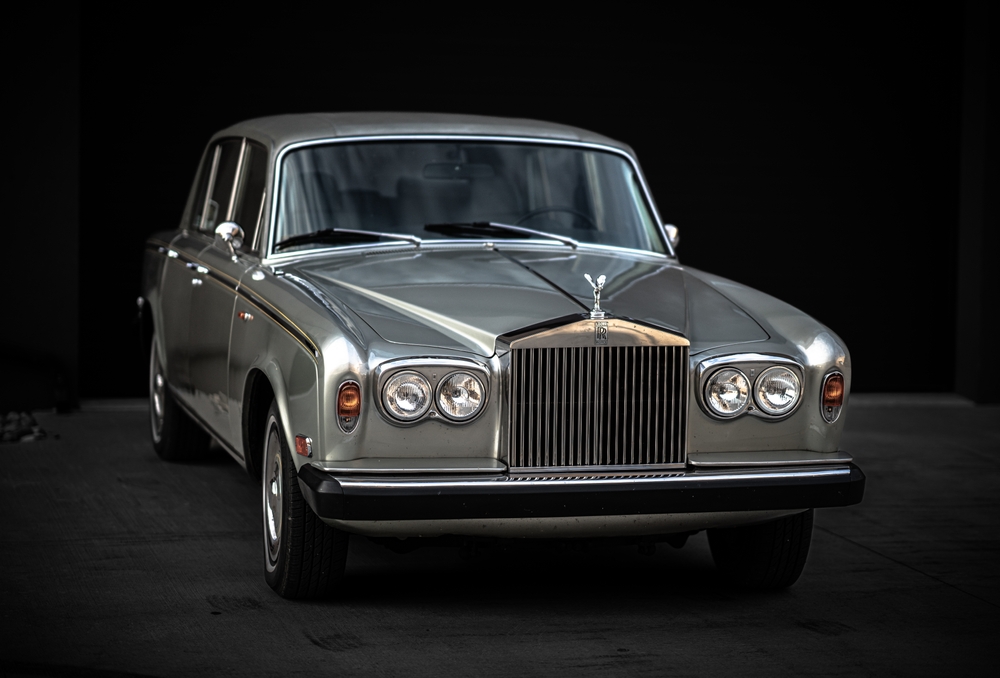
The Rolls-Royce Silver Shadow featured the iconic 6.75L V8 engine, known for its smooth, effortless power delivery and incredible durability. This engine became synonymous with the Rolls-Royce brand’s commitment to luxury and longevity. Despite its size and power, the engine was built to last, with many Silver Shadows still running smoothly today. Its ability to maintain performance over decades exemplifies Rolls-Royce’s engineering excellence.
This article originally appeared in MyCarMakesNoise.
More from MyCarMakesNoise
25 Underrated SUVs That Deserve More Recognition

When it comes to SUVs, some models receive all the glory while others quietly deliver impressive performance and value without much fanfare. In this article, we shine a spotlight on 25 of the world’s most underrated SUVs that deserve more recognition. Read More.
13 Surprising Facts You Didn’t Know About Famous Race Cars
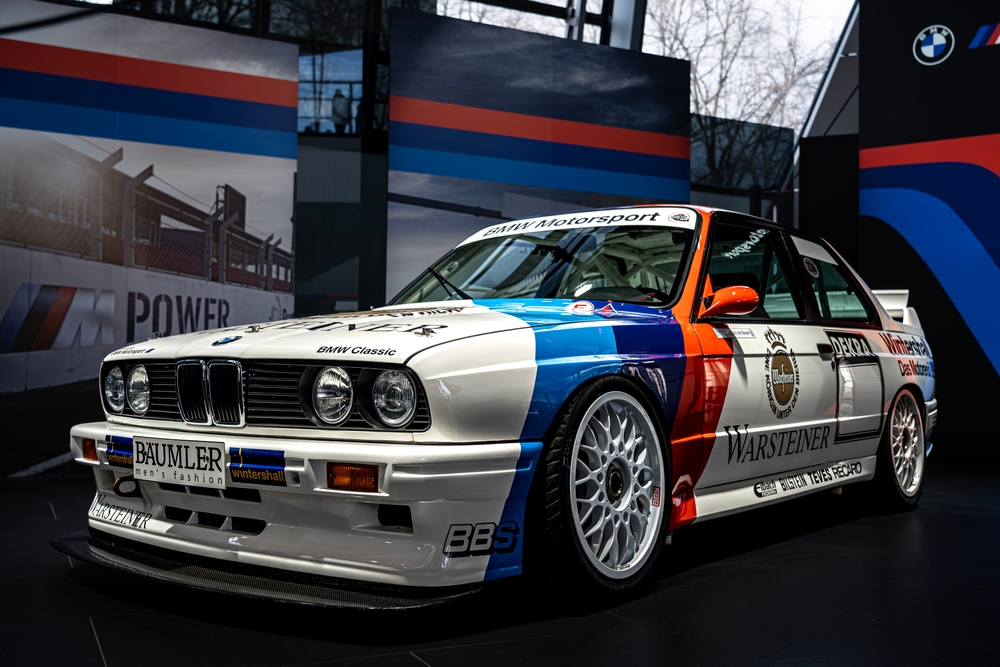
Race cars have long captivated enthusiasts with their blend of speed, engineering, and cutting-edge technology. While many are familiar with these machines’ iconic names and legendary victories, countless intriguing details often go unnoticed. Read More.
16 Hidden Costs of Electric Cars That Could Drain Your Wallet

Owning an electric car comes with many benefits, from reduced fuel costs to a smaller carbon footprint. However, several unexpected expenses can catch new EV owners off guard. Read More.

